Introduction: Why Lab Experience Matters—and Why It’s Tough Where Resources Are Thin
If you’re enrolled in an AP science—Biology, Chemistry, Physics, or Environmental Science—you’ve probably been told that labs are a core part of the course. The College Board designs these courses around inquiry, data collection, and hands-on investigation because those experiences teach scientific thinking in ways that lectures alone cannot. But what happens when your school doesn’t have a fully stocked lab, fume hood, or enough microscopes? Or when budget cuts, facility scheduling, or safety rules limit how often you can run experiments?
This article is for you: students, parents, and teachers navigating lab-heavy AP courses in constrained environments. We’ll cover realistic workarounds that preserve learning goals, the risks and limits of shortcuts, how to document your lab experience for AP credit and college review, and practical study strategies—plus where personalized tutoring and tailored study plans (for example, Sparkl’s 1-on-1 guidance and AI-driven insights) can plug knowledge gaps and keep you on track. My aim is practical, actionable, and grounded in what AP frameworks expect while staying realistic about safety and fairness.
What the College Board Actually Requires — The Big Picture
Before improvising, it helps to be clear on expectations. The AP Course and Exam Descriptions and the College Board’s lab manuals emphasize inquiry and science practices. That means:
- Students should design, carry out, analyze, and communicate investigations.
- Data collection and quantitative reasoning are essential—it’s not enough to observe qualitatively.
- Documentation (notebooks, reports, data files) matters because colleges sometimes ask to see lab evidence for credit.
Fortunately, the College Board recognizes diverse classroom contexts and provides lab manuals and AP Classroom resources specifically to help teachers tailor investigations. But ‘recognizes’ does not mean ‘ignores’—you still need to meet the learning objectives and demonstrate the science practices.

Practical, Safe Workarounds (What You Can Do)
Here are proven strategies teachers and students use to achieve AP lab goals without a traditional, fully equipped lab. Each option preserves the intellectual demands of the AP labs: asking a question, designing a method, collecting or accessing data, analyzing it quantitatively, and presenting conclusions.
1. Guided Inquiry with Low-Cost Kits and Household Materials
Many AP investigations can be redesigned to use inexpensive, safe materials that mimic the essential phenomena. Examples:
- Use vinegar and baking soda (with volumetric measurements) to study reaction rates and gas production instead of more hazardous reagents.
- Construct simple circuits for physics with battery packs, resistors, and LEDs to practice data collection and error analysis.
- Use smartphone sensors (light, accelerometer, sound) to collect real-time data in place of lab-grade probes.
These substitutions let you practice measurement, controls, and quantitative analysis—exactly the skills AP tests.
2. Virtual Labs and High-Quality Simulations (When Used Carefully)
Virtual labs are not a perfect substitute, but high-quality simulations enable repeated trials, parameter control, and complex datasets that might be impossible in a cramped lab. The key is how you use them:
- Use simulations to generate raw data for plotting and statistical analysis, then require students to propose follow-up physical experiments they would run if the equipment were available.
- Combine a virtual run with a low-cost physical verification: use a bench-top mini-experiment to confirm one or two simulation predictions.
Used as a supplement rather than the whole lab experience, simulations can be powerful. For AP reporting, make sure the student work shows critical evaluation of the simulation’s assumptions and limitations.
3. Teacher-Led Demonstrations Paired with Student-Led Data Analysis
If safety or scheduling makes student-run trials impractical, a teacher demonstration that collects real data—ideally recorded and shared—can still fulfill learning goals if students do the heavy lifting in other ways:
- Students design the experimental questions and control conditions ahead of the demo.
- They analyze the collected data, calculate uncertainties, and write full lab reports with proposed methodological changes.
This shifts physical exposure risk away from students while keeping them engaged in the scientific process.
4. Community Partnerships and Shared Resources
Local colleges, community centers, or industry partners sometimes welcome high school collaboration. A single intensive field trip or multi-week lab residency can provide rich hands-on experience that no classroom could duplicate. Work with your teacher or AP coordinator to approach partners—it’s surprisingly effective.
5. Student-Led Projects That Use Observational or Field Data
Many modern AP investigations can be reframed as field studies or observational projects: ecological surveys, energy audits, or motion analysis in sports. These rely on careful design and quantitative analysis and often offer deep inquiry with minimal institutional lab infrastructure.
Table: Quick Comparison—Workarounds, Strengths, and Risks
| Workaround | Primary Strength | Main Risk or Limitation | AP Compliance Tip |
|---|---|---|---|
| Low-cost kits/household materials | Hands-on, affordable, repeatable | May not mimic advanced phenomena precisely | Emphasize measurement accuracy, uncertainty, and controls |
| High-quality virtual labs | Safe, repeatable, parameter control | Can hide real-world messiness and error sources | Require critique of model assumptions and physical verification |
| Teacher demonstration + student analysis | Preserves data authenticity; reduces student risk | Less direct student manipulation | Students should design variables and propose revisions |
| Field projects/community partnerships | Rich context, authentic data | Scheduling and transport logistics | Document methods thoroughly; align with AP practices |
Risks, Ethical Limits, and When Shortcuts Become Problems
Workarounds are useful, but it’s crucial to respect safety, academic integrity, and the spirit of scientific inquiry. Here are the key risks to avoid.
1. Safety Risks and Liability
Never improvise with hazardous chemicals, makeshift electrical setups, or biological specimens without clear safety protocols and trained supervision. Safety gear, proper waste disposal, and teacher oversight are non-negotiable. If your school lacks these, the correct workaround is to avoid the hazardous procedure entirely or to partner with another facility.
2. Misrepresenting Data or Work
Fabrication or significant falsification is an academic violation and risks college integrity checks. If a needed experiment couldn’t be run, document that honestly, present the alternate method used (simulation, demonstration, field data), and include a rationale and limitations section in your report.
3. Losing the Hands-On Skill Set
Repeatedly relying on simulations without physical verification can leave gaps in practical lab skills—pipetting, using burettes, preparing solutions, or handling delicate instruments. If future classes or college lab courses will require those skills, make a plan to acquire them through summer programs, community college labs, or concentrated lab sessions.
4. College and AP Audit Expectations
Colleges sometimes ask to see lab notebooks or evidence of hands-on experience for awarding credit for lab-based AP courses. If your lab work is nontraditional, maintain comprehensive documentation: detailed notebooks, lab reports, video recordings of demonstrations, simulation logs, and teacher annotations. This record helps admissions and AP auditors understand the rigor of your experience.
How to Document Lab Work So It Counts
Documentation is the bridge between constrained labs and fair evaluation. Here’s a practical checklist to keep everything organized and defensible.
- Lab Notebook or Digital Log: Date, objective, hypothesis, materials, step-by-step methods, raw data (tables), processed results, error analysis, and reflective notes.
- Multimedia Evidence: Photos or videos of set-up, data collection, and demonstrations; clearly labeled and time-stamped.
- Data Files: CSVs, spreadsheets with raw and analyzed data, and code if you use computational tools.
- Teacher Statements: A signed statement describing the level of student involvement and any deviations from standard protocols.
- Limitations and Next Steps: Explicit discussion of what the workaround could not reproduce and how you would improve it with full facilities.
Study Strategies and Practical Skills to Prioritize
When access to labs is limited, prioritize transferable skills and conceptual mastery that will serve you on the AP exam and in college labs.
Essential Habits
- Quantitative Rigor: Practice calculating uncertainties, propagation of error, and interpreting statistical significance.
- Design Thinking: Regularly draft simple experimental designs—even for tabletop or virtual setups—and critique them for controls, variables, and confounders.
- Data Visualization: Learn to present data clearly with graphs, trendlines, and residual analysis.
- Clear Communication: Practice writing concise lab reports with a logical claim-evidence-reasoning structure.
How Tutoring and Tailored Support Can Help
Individual coaching fills gaps that scarce lab hours can’t. A personalized tutor can:
- Walk you through redesigning AP lab investigations for limited equipment;
- Provide targeted practice on data analysis, error estimation, and quantitative reasoning;
- Help you prepare documentation packets that are persuasive to AP auditors and college admissions;
- Offer AI-driven practice and progress checks to track weaknesses (this is where tools like Sparkl’s personalized tutoring, with 1-on-1 guidance and tailored study plans, can shine by focusing on the exact practices you need most).
Personalized tutoring is especially useful for students who need to translate laboratory experiences into the language of AP assessment—showing not just what they observed, but why it matters scientifically.
Real-World Examples: How Schools Make It Work
Schools and teachers have been creative. Here are a few anonymized, real-world-style scenarios that show how the strategies above are applied in practice.
Example A: Small Rural High School (AP Biology)
Challenge: No wet lab space for culturing or dissection. Approach: The teacher ran a combination of field ecology projects (quantitative biodiversity surveys), virtual simulations for cellular respiration, and occasional off-site lab days at a local community college. Students kept rich digital notebooks with photos, data, and reflection. Outcome: Students learned experimental design and analysis, produced evidence for AP credit, and several students used summer internships to learn pipetting and aseptic technique.
Example B: Urban School with Safety Constraints (AP Chemistry)
Challenge: Limited fume hoods and restricted reagent storage. Approach: The teacher used guided-inquiry labs from the AP Chemistry manual adapted for micro-scale chemistry and low-toxicity reagents. Simulations provided initial hypotheses, teacher demonstrations provided authentic data, and student groups performed micro-titrations with strict PPE and spill procedures. Outcome: Students developed strong quantitative and conceptual skills while respecting safety.
Example C: Large School with Scheduling Conflicts (AP Physics)
Challenge: Too many students for available lab slots. Approach: Rotating stations were used: one day of set-up and theory, one day of remote or video-recorded demonstration, and one day of data analysis and cross-group peer review. Tutoring sessions focused on lab report writing and error analysis. Outcome: Despite fewer hands-on hours per student, everyone practiced the essential science practices and learned to extract insight from shared datasets.
Practical Checklist for Students and Teachers
Use this checklist to plan a semester of lab-heavy AP work when facilities are limited.
- Map the course objectives to the available resources—identify which investigations absolutely require specialized equipment.
- Create an evidence plan for each lab: what physical data, simulations, videos, or field data will be produced and how it will be stored.
- Schedule focused, intensive lab days early in the term (e.g., two or three extended sessions) to get essential hands-on practice done.
- Train students in data management and lab notebook best practices from day one.
- Set up a peer review system so student reports are critiqued for scientific rigor before submission.
- Consider individual tutoring or small-group coaching for students who need extra help with quantitative analysis or AP-style lab writing; personalized plans help target the most critical gaps.
How Colleges View Nontraditional Lab Evidence
Colleges are primarily looking for evidence that you’ve mastered the skill set a lab course intends to teach. That means they want to see your ability to design experiments, collect and analyze data, and critically evaluate methods. If your school used simulations or demonstrations, thorough documentation and a teacher statement help admissions or credit evaluators interpret your work fairly. When in doubt, be transparent and provide the raw evidence.
When to Push for Alternative Paths (Summer, Dual Enrollment, and Internships)
Sometimes the best long-term solution is to acquire hands-on skills outside the high school schedule. Options include enrolling in a community college lab course, attending a summer research program, or securing a weekend internship in a local lab. These concentrated experiences often provide the technical competence that part-time, improvised labs cannot.
Final Thoughts: Aim for Integrity, Rigor, and Creativity
Working around limited facilities is a real-world skill. Scientists in many fields face constraints—budget, time, or equipment—and must design meaningful experiments anyway. The priorities are clear:
- Keep safety first. If the setup is risky, don’t do it without proper supervision and equipment.
- Be honest and document everything. Detailed notebooks, photos, and teacher annotations are your best friends.
- Focus on the science practices: asking questions, designing tests, collecting data, analyzing quantitatively, and communicating conclusions.
- Fill gaps intentionally: use virtual labs wisely, seek partnerships, and consider outside coursework or tutoring to round out practical skills.
If you need targeted help turning limited lab time into AP-grade evidence, tailored tutoring—especially 1-on-1 guidance with a tutor who understands AP rubrics and lab documentation—can make a big difference. Programs that pair expert tutors with personalized study plans and AI-driven insights (for example, Sparkl’s tutoring approach) are especially effective at identifying which science practices to prioritize and how to present your work convincingly.
Takeaway: You Can Do This—If You Plan Smart
Limited facilities do not have to mean limited opportunities. With intentional design, rigorous documentation, a focus on quantitative reasoning, and the right supports—whether a committed teacher, a community partner, or personalized tutoring—you can meet AP expectations and build real scientific skills. The path will look different from school to school, but the outcomes are the same: curiosity developed into method, messy data turned into insight, and questions transformed into reliable conclusions.
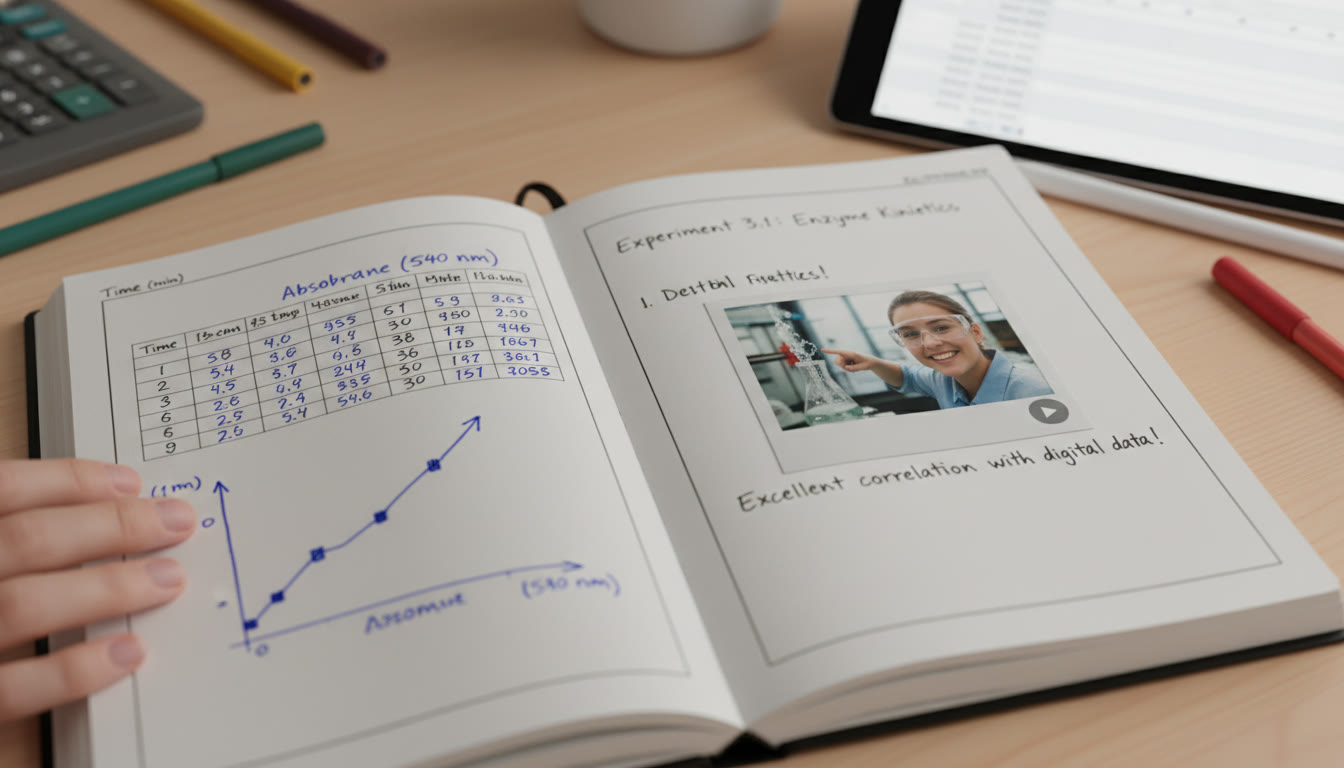
Want help turning your constrained lab experience into AP success? Start by making a documentation plan, map your course objectives to local resources, and consider short-term tutoring to target weak spots in data analysis and lab reporting. With the right strategy, creativity, and support, you’ll master the science practices AP exams demand—and build confidence for college lab work beyond.

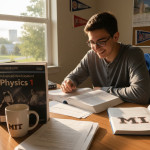


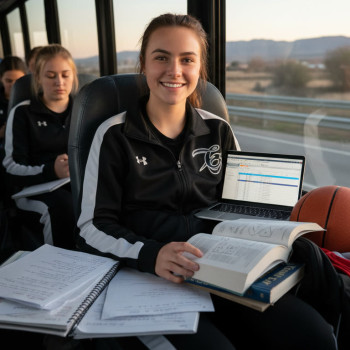
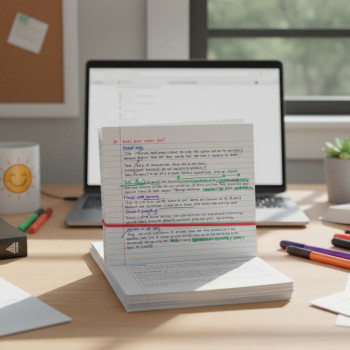

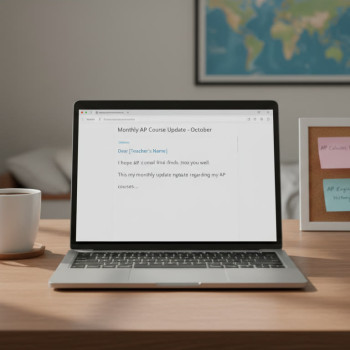











No Comments
Leave a comment Cancel